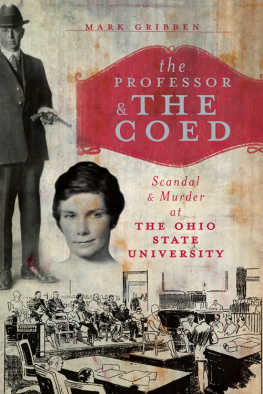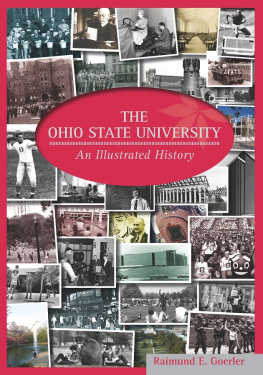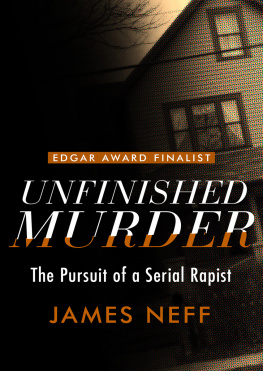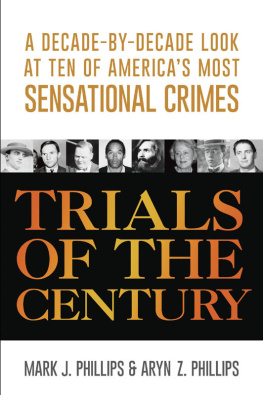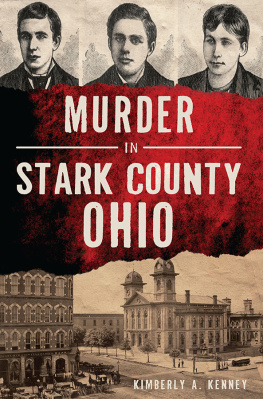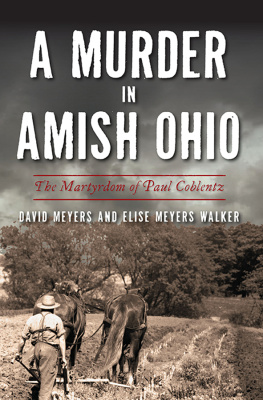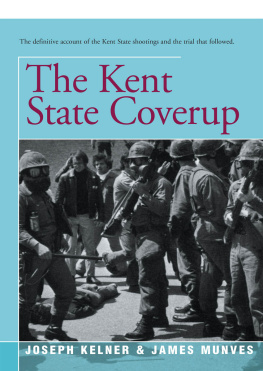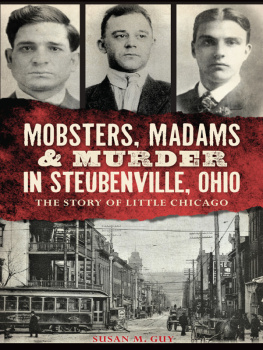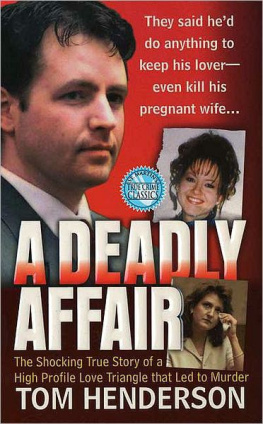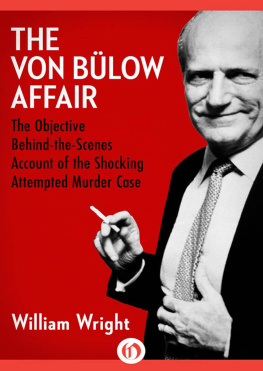the
PROFESSOR
& THE
COED
the
PROFESSOR
& THE
COED
Scandal
& Murder at
THE OHIO STATE
UNIVERSITY
MARK GRIBBEN

Published by The History Press
Charleston, SC 29403
www.historypress.net
Copyright 2010 by Mark Gribben
All rights reserved
Unless otherwise noted, all images are from the authors collection.
First published 2010
e-book edition 2011
ISBN 978.1.61423.058.8
Library of Congress Cataloging-in-Publication Data
Gribben, Mark.
The professor and the coed : scandal and murder at the Ohio State University / Mark
Gribben.
p. cm.
Includes bibliographical references.
print edition: ISBN 978-1-59629-910-8
1. Snook, James H. (James Howard), 1879-1930. 2. Murderers--Ohio--Columbus
-Biography. 3. College teachers--Ohio--Columbus--Biography. 4. Scandals--Ohio-
Columbus. 5. Ohio State University. I. Title.
HV6248.S66G75 2010
364.1523092--dc22
20100172050017201
Notice: The information in this book is true and complete to the best of our knowledge. It is offered without guarantee on the part of the author or The History Press. The author and The History Press disclaim all liability in connection with the use of this book.
All rights reserved. No part of this book may be reproduced or transmitted in any form whatsoever without prior written permission from the publisher except in the case of brief quotations embodied in critical articles and reviews.
For my father
Contents
Authors Note
The 1920s was an era of more than flappers, bootleg liquor and the Lost Generation of F. Scott Fitzgerald. The decade was indeed roaring, but more importantly, the 1920s are nearly equal to the 1960s in terms of complex social upheaval in the United States. During the third decade of the twentieth century, the staid morality of the Victorian era was firmly and finally being put to rest. Young peopleparticularly college studentswere rejecting the traditional values of their parents and establishing their own standards of acceptable behavior.
The youth of the 1920s were at once the product of change and the agents of change, wrote sociologist Paula Fass in The Damned and the Beautiful: American Youth in the 1920s. They existed at a strategic point in history when their actions really did make a difference.
I only bring this before the reader to point out that Theora Hixs behavior was not so far outside the mainstream of her age cohort as many of the people involved in this case might have believed. A large percentage of well-educated young people of both genders was no less sexually adventurous than Theora, although as Fass points out in her book, most college women were monogamous and only engaged in intercourse with partners when the prospect of marriage was high. Studies at the time estimated that about 50 percent of college women were not virgins, and more than 90 percent engaged in some sort of sexual activity.
Acknowledgements
This book would not have been possible without the help and guidance of the Honorable Teresa Liston (Retired), Drs. Deirdre Wickham and Lisa Finkelstein, the personnel in the Ordnance Section of the Columbus, Ohio Division of Police and Diana Hill and Linda Deitch of the Columbus Dispatch. I am indebted to them for their help in explaining the law and medical aspects of the case and their assistance in procuring images and illustrations.
Part I
CRIME AND INVESTIGATION
Discovery
Paul Krumlauf and Milton Miller never did find out who was the better shot.
It was a fine summer morning, one of the last bright days before the arrival of the Great Depression. A powerful rainstorm had blown through the area the previous day, finally clearing away a stalled mass of warm air that had long since gone stale, leaving high, wispy tendrils of clouds in place of the ominous thunderheads that had been hovering close to the ground. A warm breeze was at work drying the weeds; the smell of wet earth lingered in the air.
The two teenage friends had been boasting of their sharpshooting skills and decided to settle the good-natured dispute by firing off a few rounds at a gun range on the outskirts of Columbus, Ohio; instead, they raised the curtain on a short morality play that thrust talk of infidelity and promiscuity, aphrodisiacs and illicit drugs, lust and murder onto the front pages of newspapers and into homes across the country. The secret double life of a not-so-innocent young woman would be laid bare, and a quiet, middle-aged married man would go down in history as the only Ohio State University professorand Olympic gold medalistto die in the electric chair.
About 10:30 a.m. on Friday, June 14, 1929, Krumlauf and Miller were wading through knee-high weeds toward the firing line at the New York Central railroad shooting range just west of the city limits to settle their bet when they saw a farmer plowing a field to the east. The boys headed over to warn the man, seventy-six-year-old Ephraim Johnson, that they were about to do some shooting. On their way across the field, they stumbled upon a pile of something in the brush.
In a way, Fortune was merciful to the boys when they found the young womans body. Because she was facedown in the tall weeds, they were spared the sight of the dozen or so wounds on her face caused by the hammer blows her killer had rained down. They did not see the gaping cut that ran across her throat nearly from ear to ear and the bizarre appearance of her face turned china white for want of blood. They did not know of the puncture wound to her ear where her killer had inserted his knife. Because the boys had found her just a little more than twelve hours after she had been murdered, the eggs laid in the open wounds by blowflies attracted to the dead flesh had not yet hatched into maggots. Her body was badly beaten and bloody, but what might have remained for the boys to discover could have been much worse.
At first they thought the crumpled body was an abandoned pile of clothes. After all, finding discarded clothing, liquor bottles and other refuse at the shooting range was not unusual.
A convenient drive from the Ohio State campus and the city, a secluded spot not far from the Scioto River road and the exclusive Scioto Country Club, the shooting range was popular with sportsmen and young people for different reasons. The remote location and the tall weeds made the area a prime location for necking (the term had recently replaced spooning in the slang of youths), giving it the moniker Shirt-Tail Alley. More than a few couples had been ticketed there by the local constable and fined by the justice of the peace for fornicating. The murder victim, in fact, had been arrested here and paid a twenty-dollar fine under a false name less than a year before.
The boys first heard, rather than saw, the crime scene because of the flies buzzing around the pooled and drying blood. Once the boys realized they had not found some discarded and forgotten clothing and that the thing in front of them was a person, the thoughts of the shooting contest were lost forever. They shrank from the sight and called to Johnson, who responded in his typical casual manner to the boys frantic summons. Johnson agreed to watch over the body while the boys brought the police. Johnson, apparently, was nonplussed by the gruesome find: after he let the boys leave, he left the scene himself to put his horses away in the barn.
The boys raced Krumlaufs jalopy to the Parsons Avenue police station about ten minutes away. It took them an hour to return to the range with Corporal John May and Officer Emmet Cloud, who secured the crime scene and waited for the arrival of the coroner and a crime-scene photographer from the states Bureau of Identification.
Next page
